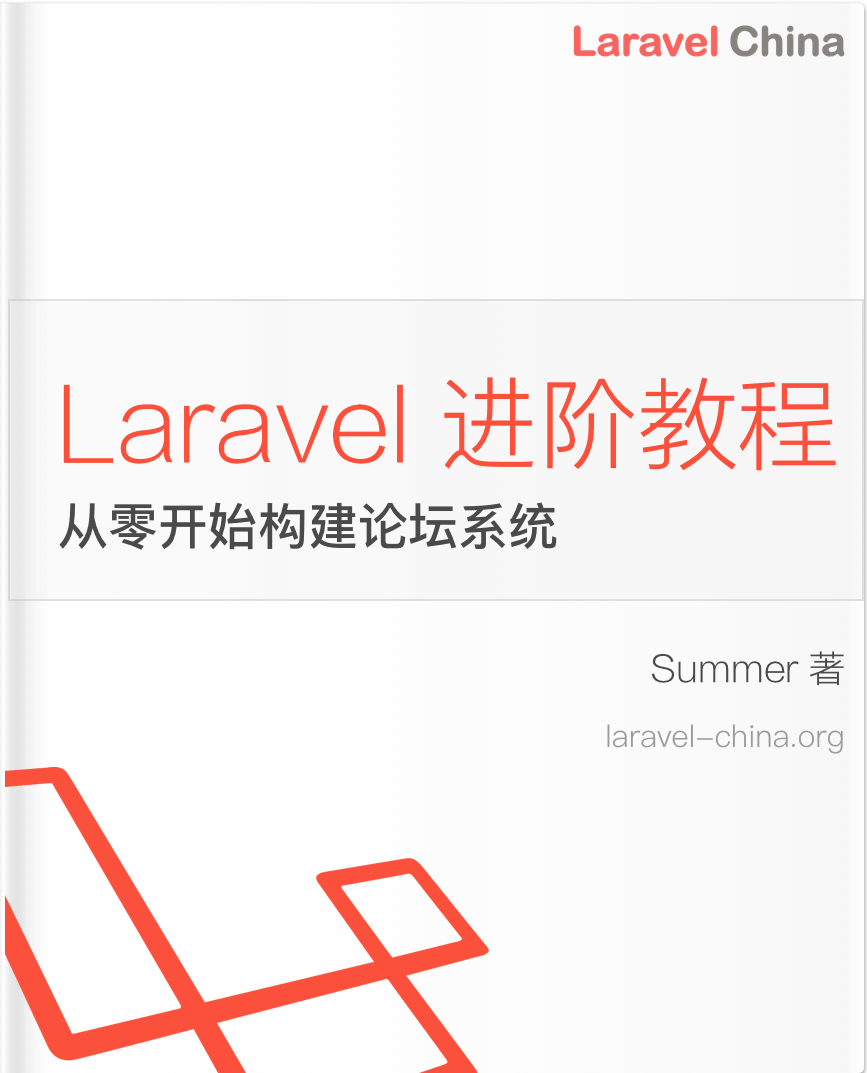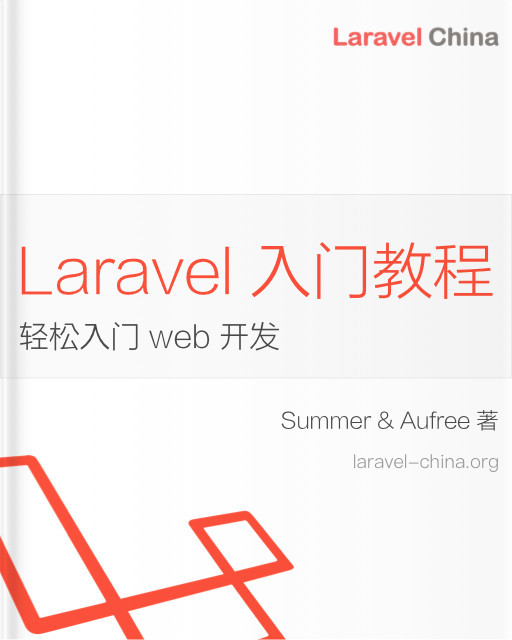非常简单的laravel 过滤器
第一次发布包,求几个github 星星
项目链接
laravel-eloquent-filter
An easy way to filter Eloquent Models.
安装
$ composer require huangbule/laravel-eloquent-filter发布配置文件:
php artisan vendor:publish --tag=filter 设计初衷
为了简化搜索写一大推重复代码,看下平时大家会写的简化代码,安全方面暂时先不考虑
$input = \request()->input(); //模拟接受用户数据
OrdersModel::query()->when(!empty($input['title']), function ($q) use($input) {
//订单标题,模糊搜索,我想你们不止订单要给表有`title`字段吧,每个model你们都写一遍
$q->where('title', 'like', '%' . $input['title'] . '%');
})->when(!empty($input['status']), function ($q) use($input) {
//模拟in类型,订单状态,如果搜索多个状态你们可能会这么写,可能传数组或者逗号隔开
if (!is_array($input['status'])) {
$input['status'] = explode(",", $input['status']);
}
$q->whereIn('status', $input['status']);
})->when(!empty($input['created_at']), function ($q) use($input) {
//搜索订单创建时间,可能传数组或者逗号隔开
if (is_array($input['created_at'])) {
$start_at = $input['created_at'][0];
$end_at = date('Y-m-d', strtotime('+1 day', strtotime($input['created_at'][1])));
} else {
$start_at = $input['created_at'];
$end_at = date('Y-m-d', strtotime('+1 day', strtotime($input['created_at'])));
}
return $q->where('created_at', '>=', $start_at)->where('created_at', '<', $end_at);
})->get();这边只简单列举了一个orderModel, 你们会发现项目中这样代码重复遍地可见,所以需要优化加速开发
或者 你可能用scope封装起来,比如:
public function scopeWxUserId($query, $param)
{
if (! empty($param['wx_user_id'])) {
return $query->where('wx_user_id', $param['wx_user_id']);
}
}
public function scopeUserId($query, $param)
{
if (! empty($param['user_id'])) {
return $query->where('user_id', $param['user_id']);
}
}你看上面都是重复代码,都属于where 中等于情况, 那我们为何不把他们封装起来呢,为什么要重复写呢?
设计思路
参考laravel validate写法,简化语句
引入
操作符比如 like、>=、 between 等等, 而且大家可以自己拓展引入
前置处理器再最终执行where语句之前,我们可能需要对$input用户传过来的数据做下处理,比如上面的
created_at [2024-03-14, 2024-03-20] 其实20号需要加一天,因为created_at 是datetime类型。 而且必须可拓展引入
别名比如标题我们数据库用title, 但是由于特殊原因不能用这个字段,比如传 order_title确定搜索规则格式:
搜索字段:前置处理器(0-n个)|操作符(可能没有默认)为了区分前置处理器跟操作符
对操作符做个特殊表示用$开头 比如 $like 、 $eq订单列表返回了用户信息,这时候我们想搜索用户标题咋办? 必须支持 关联关系查询,设定关联关系用
#开头 比如[‘title:#user’],
然后必须在order表里面定义 user() 关联方法,默认就查询user表里面的title了,原理用 whereHas引入配置文件,因为大部分字段搜索的规则都差不多的,我总不可能每个里面都写吧,比如[‘title:$like’],
我在每个控制器里User、Order面都写一遍,那岂不是太麻烦了如果你既想在配置直接定义title, 又想定义它所属关联关系。 可以在关联关系前面加#title,代码会在$input[‘#title’]
去掉# 变成 $input[‘title’] 获取值, demo 见 下面的#department_name
配置文件
<?php
return [
'default' => '$like', //定义默认操作符, [title'] 等同于 ['title:$like']
'rule' => [ //定义通用字段类型
'id' => '$eq',
'title' => '$like', //可以不写 因为默认是like
'order_title' => '@title', //@开头是别名,指定表里面字段是title
'department_name' => '$like',
'#department_name' => '#department|$like', //department是关联关系
'created_at' => '#department|HalfOpenDate|$halfOpen' //不分顺序。 属于department表,同时进行预处理函数,最后执行左开右闭处理
]
];
用法
引入 FilterTrait trait to Model
namespace App\Models;
use Huangbule\LaravelEloquentFilter\Traits\FilterTrait;
use Illuminate\Database\Eloquent\Model;
class OrderModel extends Model
{
use FilterTrait;
}然后在你控制器里面 eloquent query 对象调用 filter 方法,第一个参数是用户传过来的数据,第二个参数是定义规则
use App\Models\Order;
class OrderController extends Controller
{
public function index(Request $request)
{
return User::filter($request->input(), ['title'])->get();
}
}标识符枚举:
| 标识符 | Description |
|---|---|
@ |
字段别名 |
# |
关联关系标识 |
$ |
操作符标识 |
操作符枚举:
| Operator | Description |
|---|---|
$eq |
where(‘title’, ‘=’, ‘hello’) |
$ne |
where(‘title’, ‘!=’, ‘hello’) |
$lt |
where(‘id’, ‘<’, 10) |
$lte |
where(‘id’, ‘<=’, 10) |
$gt |
where(‘id’, ‘>’, 10) |
$gte |
where(‘id’, ‘>=’, 10) |
$in |
whereIn(‘id’, [1, 2, 3]) |
$notIn |
whereNotIn(‘id’, [1, 2, 3]) |
$between |
whereBetween(‘id’, [1, 10]) |
$halfOpen |
where(‘id’,’>=’,1)->where(‘id’,’<’,10) |
前置处理器枚举
| preprocess | Description |
|---|---|
HalfOpenDate |
把开始和结束时间中的结束时间自动加一天 |
如何拓展自定义前置处理器
namespace App\Providers;
use App\Preprocess\UuidPreprocess;
use Huangbule\LaravelEloquentFilter\Traits\FilterTrait;
use Illuminate\Support\ServiceProvider;
class AppServiceProvider extends ServiceProvider
{
public function boot(Request $request)
{
FilterTrait::macroPreprocess('uuid', new UuidPreprocess());
}
}
自定义预处理器必须实现 Huangbule\LaravelEloquentFilter\Contracts\Ipreprocess 接口
namespace App\Preprocess;
use Huangbule\LaravelEloquentFilter\Contracts\Ipreprocess;
class UuidPreprocess implements Ipreprocess {
public function handle($column, &$param) {
//@todo 业务逻辑
if (! empty($param[$column])) {
$param[$column] = \Hashids::decode($param[$column]);
}
}
}
如何拓展操作符
namespace App\Providers;
use App\Preprocess\UuidPreprocess;
use Huangbule\LaravelEloquentFilter\Traits\FilterTrait;
use Illuminate\Support\ServiceProvider;
class AppServiceProvider extends ServiceProvider
{
public function boot(Request $request)
{
FilterTrait::macroFilter('leftLike', function ($qr, $column, $param) {
return $qr->where($column, 'like', $param[$column] . '%');
});
}
}
Contributing
You can contribute in one of three ways:
- File bug reports using the issue tracker.
- Answer questions or fix bugs on the issue tracker.
- Contribute new features or update the wiki.
The code contribution process is not very formal. You just need to make sure that you follow the PSR-0, PSR-1, and PSR-2 coding guidelines. Any new code contributions must be accompanied by unit tests where applicable.
License
MIT
本作品采用《CC 协议》,转载必须注明作者和本文链接





 关于 LearnKu
关于 LearnKu




推荐文章: